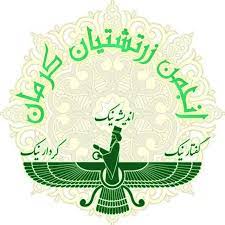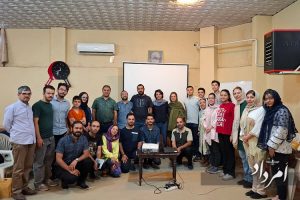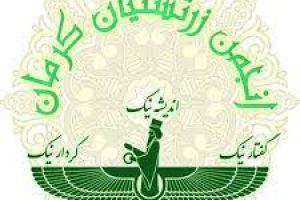The Armenian language is one of the independent branches of the Indo-European language group and one of the oldest living languages in the world. So far, much has been said about the origin and nature of the Armenian language and its kinship with other languages. The Armenian language has sometimes been considered the primary Indo-European language, sometimes it has been considered a part of Caucasian languages, and sometimes it has been considered as a family of Iranian languages. Finally, the scientific research of linguists showed that the Armenian language has an Indo-European origin, and its Caucasian element is weak. In 1875, Heinrich Hübschmann, a professor of Iranian languages at the University of Leipzig, published an article called “The position of the Armenian language among the Indo-European languages” and investigated its grammatical structure and phonetic system and proved with convincing reasons that the Armenian language, like the Iranian languages, has an Indo-European origin. Still, it is independent of the family of Iranian languages. This language is an independent branch of the main Indo-European language, it is the only language of its branch, and no other language is separated from its branch.
The Armenian language is divided into two periods: spoken Armenian (before the creation of the Armenian alphabet) and written Armenian the first period begins when this language was created, and the second period was when Armenian words were invented in the years 404-406 AD. The spoken Armenian language has been popular in Armenia since ancient times. Armenians spoke this language, performed plays, and worshiped old gods, such as Aramazd (Ahuramazda), Anahit, Vahagen, and Astghik; even the summoning, the preaching of the Christians and also court dialogues were in this language, but the reading of the Gospel in churches was in Greek. Since Armenians did not have a particular alphabet during this period, they used Greek or Syriac letters to write.
The second period or the written Armenian period, started from the time of the creation of the alphabet and has passed through three stages:
A- Ancient Armenian phase (in Armenian: Grabar), from the 5th to the 11th century AD.
B- The middle Armenian stage from the 12th to the 16th century,
C- The modern Armenian stage (in Armenian: Ashkharabar), from the 17th century until now.
The current Armenian alphabet was created by a learned man by the name of Mesrop Mashtots. He made signs in harmony with the sounds of the Armenian language and empowered it with the creation of the national alphabet. First, he listened to the speech and dialect of Armenians with a scientific view, and like a master musician, he separated and categorized its sounds. After much effort, he identified 36 sounds and created a sign or vocabulary for each. These words are also called the “Mesropian alphabet.”
The above is part of an article entitled “The History of the Armenian Language and Its relationship with the Persian Language,” written by Garon Sarkisian and published in the latest issue of Amordad.










